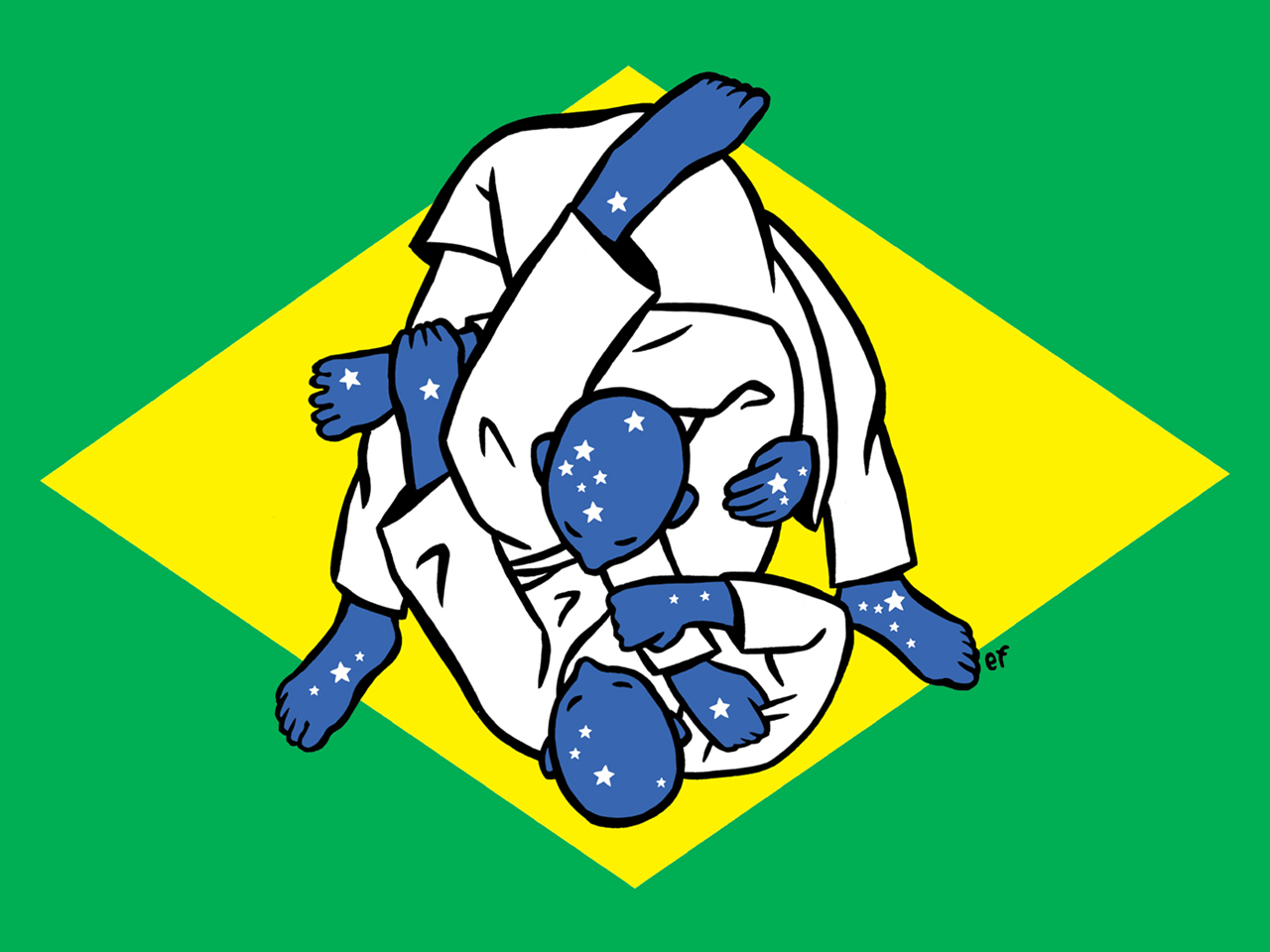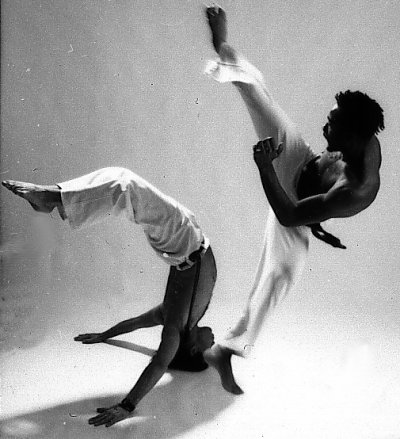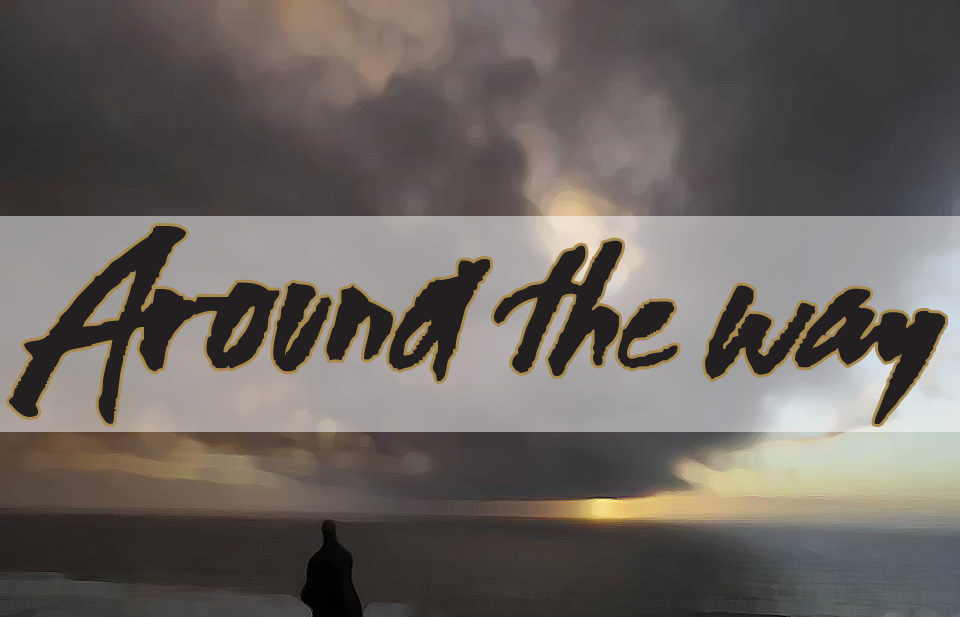In terms of martial arts, when one thinks of Brazil, Brazilian Jiu-Jitsu (BJJ) comes to mind (“Jiu-Jitsu” is an old western spelling/pronunciation for what is known in Japan as Judo). An influential figure in Brazilian Jiu-Jitsu from its early beginnings is Mitsuyo Maeda, a judōka (Judo expert) and a prizefighter in no holds barred competitions that traveled the world performing Judo demonstrations and fighting in various competitions. Maeda broke with Judo traditionalists, preferring combat sparing to cookie cutter kata forms, and he fought for money, which was a big no-no for Judo traditionalists. Maeda was particularly interested in a style of Judo known as Kosen (高專柔道 Kōsen Jūdō), practitioners of this style are often known as “butt scooters” and “guard jumpers.”
On November 14, 1914 Maeda arrived in Brazil, at Porto Alegre and participated in a fighting exhibition. He would end up fighting, teaching Judo, living in Brazil as a naturalized citizen (taking on the name Otávio Maeda), and raising a family there until his death on November 28, 1941. In 1917 Maeda met Gastão Gracie (a business partner with the American Circus in the city of Belém) at a demonstration at the Da Paz Theatre, where Madea took on Gastão’s then 14-year-old son Carlos Gracie (a founder of BJJ) as a student. Carlos Gracie would eventually teach his brothers Maeda’s Judo style (or Kano Jiu-Jitsu). Carlos’ younger brother Hélio would take to the fighting style his brother taught him, and join his brother Carlos as a founder in the development of Brazilian Jiu-Jitsu. The whole Gracie family became closely associated to BJJ, and the establishment of BJJ as a staple fighting style in modern sport of mixed martial arts (MMA).
Another equally influential founder of Brazilian Jiu-Jitsu, and student of Mitsuyo Maeda is Luiz França. França studied under Maeda but was also a student of other Japanese Judo masters teaching in Brazil: Soshihiro Satake and Geo Omori. Franca went on to teach another influential practitioner of BJJ, Oswaldo Fadda, whose students include MMA groups like the Nova União and Grappling Fight Team. Fadda’s students are known for their foot lock techniques. BJJ became known as something that middle class students had access to learning, Luiz França changed that by teaching in the poor favelas neighborhoods of Rio de Janeiro, a form of out reach that continued with his student Oswaldo Fadda.
Brazilian Jiu-Jitsu started with the grappling styles of Japanese Judo masters who started training in Brazil in the early 20th century. The local Brazilian students took what they learned and incorporated the acrobatics of the Afro-Brazilian fighting dance style capoeira (which has more kick attacks compared to BJJ but also has devastating takedown moves) and their own freestyle moves they came up with through Mitsuyo Maeda’s learning by combat practice.
Capoeira has it’s own masters and notable practitioners such as Manuel dos Reis Machado, Vicente Ferreira Pastinha, João Grande, João Pereira dos Santos, MMA fighter Anderson Silva, Actor/Stuntman Lateef Crowder, and actor Vincent Cassel. Capoeira also has it’s own traditions: Capoeira Angola (a pre 1920’s traditional style that traces it’s roots back to colonial/slavery days, with the name coined by capoeira master Mestre Pastinha), Capoeira Regional (a post 1920’s style, developed by capoeira master Mestre Bimba), and Capoeira Contemporânea (a style that’s been developing since the 1970’s to the present, that is a mixture of the Angola and Regional styles, with traditionalist critics who view this style as a misinterpretation and therefore not a true variant of Capoeira).
Below are some documentaries and shorts on BJJ and capoeira.
Biography Channel – Hélio Gracie – Documentary (Subtitles)
Grappling Fighting Team (GFT) short about Brazilian Jiu-Jitsu highlighting the Luiz França and Oswaldo Fadda lineage
Capoeira: The Art and Soul of Brazil
National Geographic Capoeira Documentary
Capoeira: Fly Away Beetle Trailer
Can a ritual born out of slavery become a modern day movement?
Capoeira, comprised of stylized dance and ritual combat takes its cue from the sacred music of the berimbau. Born from slavery and reborn on the modern streets of Brazil, Capoeira proceeds from the timeless urge for freedom. With stunning cinematography this feature length documentary film from BlueDot captures the ballet-like beauty of Capoeira while also exploring the history, myth and symbolism behind its graceful moves.
Through interviews, and exhibitions we follow the life of three renowned Capoeira Mestres from Salvador, Brazil; home to much of the art’s contentious history. We see how their work, together with that of their colleagues and students are bringing hope to their communities, and liberation and respect to a disenfranchised generation.
In order to better understand the present state of Capoeira the film traces it back to its African roots. In so doing, we encounter the African gods of Candomble (the indigenous animistic religion of Brazil), Christianity as well as the slavery from which Capoeira has emerged. We hear mythic stories of the legendary Besouro, (the flying capoeirista); as well as accounts of the historical man behind the tales. We meet a young student as she navigates the dangers of her neighborhood by turning to the art of Capoeira
Out of necessity one is thrown into the fight. Within the fight some learn to dance.
Full copy of Capoeira: Fly Away Beetle is available on iTunes.






